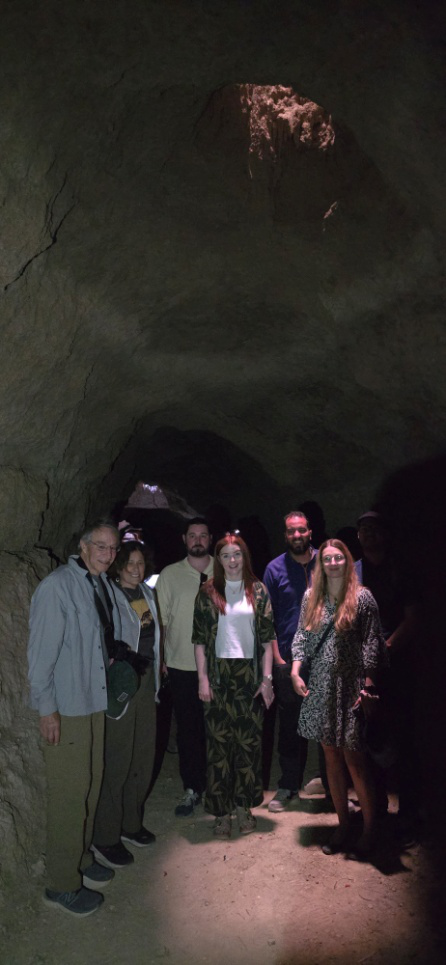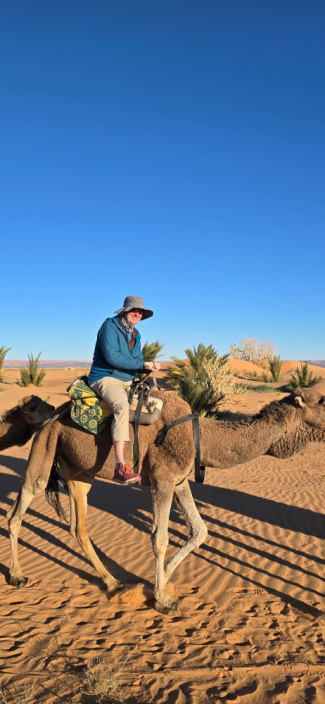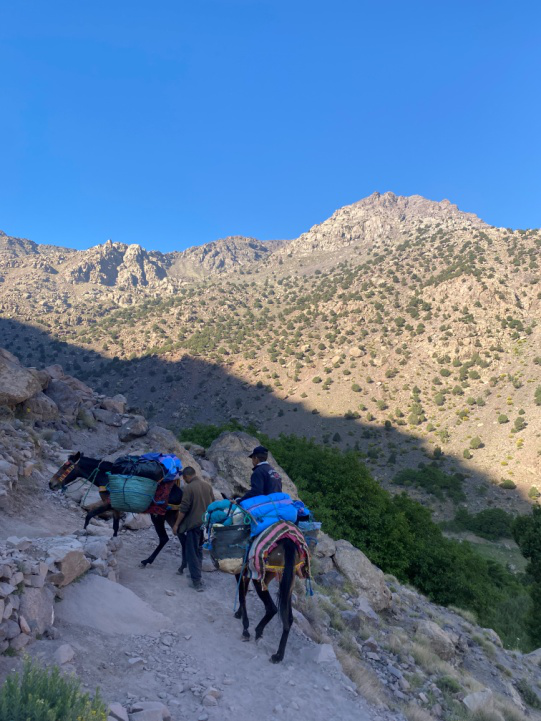Morocco is a country of rich history and diverse landscapes, with each region offering its own unique cultural experiences. One of the most intriguing aspects of Morocco’s heritage is its Berber communities, known for their deep-rooted traditions, distinctive language, and vibrant customs.
The Berber villages in Morocco provide an unparalleled opportunity to immerse yourself in a world that has remained largely untouched by time. Let’s explore the cultural journey through these villages, offering insights into local life, traditions, and what you can expect when visiting these historic communities.
The Berber People: A Brief Overview
The Berbers, or Imazighen as they refer to themselves, are the indigenous people of North Africa, with a history that dates back thousands of years. They have lived across Morocco, Algeria, Tunisia, and Libya for millennia, long before the arrival of Arab culture. Berber culture has persisted through the ages, maintaining its language, traditions, and way of life despite external influences.
Today, the Berber population is spread throughout Morocco, with significant communities in the Atlas Mountains, the Rif Mountains, and the Sahara Desert. While many Berber people have integrated into modern Moroccan society, their villages still hold onto the traditions and customs that make them unique. Visiting these Berber villages in Morocco offers a glimpse into a way of life that is both ancient and resilient.
What to Expect When Visiting Berber Villages in Morocco
Visiting a Berber village is like stepping back in time. These villages are often tucked away in the mountains or desert, offering a peaceful and serene atmosphere far removed from the hustle and bustle of urban life. Here’s what you can expect when you venture into these fascinating communities:

The Architecture and Layout of Berber Villages
Berber villages, built from local clay, stone, and wood, feature rustic designs and flat roofs for cooling. Homes cluster around courtyards, fostering family gatherings and a strong sense of community, with warm hospitality for visitors.
Local Crafts and Artistry
The Berber people are skilled artisans, and their crafts are an integral part of the culture. Many villages have workshops where locals create beautiful handmade products such as rugs, pottery, leather goods, and jewelry. Berber rugs are particularly famous for their intricate designs and vibrant colors, each telling a unique story or representing the tribe’s history.
Visitors to Berber villages often have the opportunity to observe artisans at work, and some may even be invited to participate in the creation of these beautiful crafts. Purchasing a handmade item not only supports the local economy but also provides a lasting reminder of your visit to these incredible communities.
Berber Cuisine: A Feast for the Senses
Visiting Berber villages offers a chance to enjoy traditional Berber cuisine, which is known for its bold flavors. The most famous dish is tagine, a slow-cooked stew with meat, vegetables, dried fruits, and spices like saffron and cumin. Another staple is couscous, often served on Fridays with meat, vegetables, and sauce. Meals are typically shared family-style, highlighting the importance of community and hospitality. Being invited into a local home for a meal is a memorable experience for your visit.

The Berber Language: A Unique Cultural Element
The Berber language, or Tamazight, is an integral part of Berber identity. While Arabic and French are the official languages of Morocco, Tamazight is still widely spoken in rural areas, particularly in the Berber villages. The language is part of the Afroasiatic language family and has a rich history that spans thousands of years.
The Berber language is written using the Tifinagh script, a series of geometric symbols used by the Berber people for centuries. Visitors to Berber villages may encounter signs, labels, and artwork written in Tifinagh, providing a deeper insight into the Berber identity.
Although many Berber people also speak Arabic, learning a few basic phrases in Tamazight, such as “Azul” (hello) or “Tanemmirt” (thank you), can help foster a connection with the locals and show respect for their culture.
Cultural Practices and Traditions
Berber culture is rich in customs and traditions that have been passed down through generations. Traditional music and dance are an essential part of Berber life, with celebrations often involving lively gatherings where locals play instruments such as drums and lutes and perform dances to the rhythm.
Berber weddings are vibrant celebrations lasting several days, featuring music, rituals, and feasts. The bride wears a gold-adorned caftan, and the groom dresses formally. The Berber people also engage in traditional agriculture, growing crops like olives and barley and herding sheep and goats. Visiting a Berber village offers insight into their harmonious lifestyle with nature.
Responsible Tourism in Berber Villages
When visiting Berber villages, practice responsible tourism by respecting local customs. Always ask before taking photos, especially of people or sacred spaces. Travel with a local guide to gain insights and support the community by buying handmade goods.
How to Visit Berber Villages in Morocco
There are several ways to visit the Berber villages in Morocco, depending on where you’re based. For those staying in Marrakech, a popular gateway to the Atlas Mountains, many Atlas Mountains day trips from Marrakech include visits to traditional Berber villages. These tours often include a scenic drive through the mountains, a guided walk through the town, and the opportunity to interact with residents.

For those looking for a more immersive experience, Morocco group tours or small group tours can be a great way to explore multiple Berber villages and learn more about the culture. These tours typically include transportation, a knowledgeable guide, and visits to historic sites and cultural landmarks along the way.
Alternatively, if you’re seeking a more adventurous journey, you can opt for a trekking in Atlas Mountains, staying in Berber villages along the route. This allows you to experience the landscape and culture on foot while also gaining a deeper understanding of the local way of life.
Final Thoughts
Visiting the Berber villages in Morocco is a unique opportunity to immerse yourself in one of the world’s most fascinating and resilient cultures. From the warm hospitality of the locals to the stunning landscapes and rich traditions, a trip to these villages offers a truly authentic Moroccan experience.
Whether you’re trekking through the Atlas Mountains or embarking on a Toubkal trekking adventure, your visit to these historic villages will leave you with unforgettable memories and a deeper appreciation for the Berber people.
Interested in exploring the authentic culture and traditions of Morocco’s Berber villages? Contact us today to start your journey with Omar Adventures.



